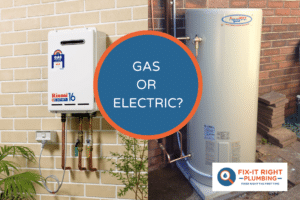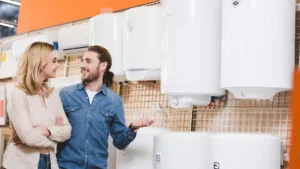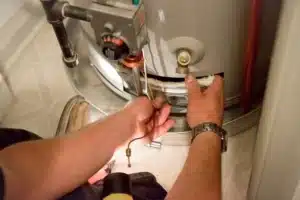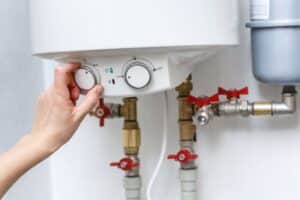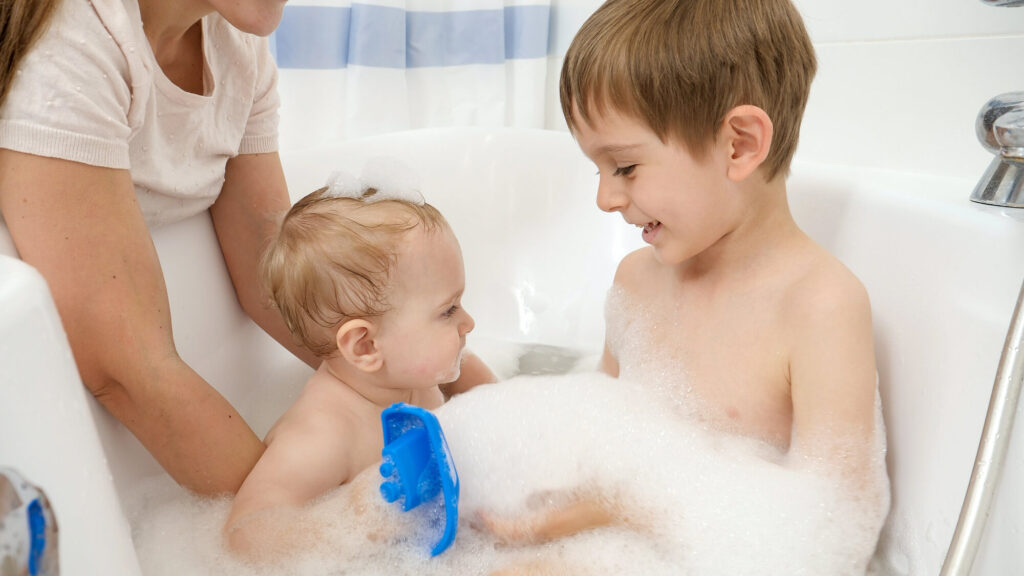
Replacing or upgrading a hot water system is one of the more significant plumbing decisions homeowners face. Whether switching out a failing unit, sizing up to meet demand or converting to a more energy-efficient system, understanding the true cost of installation is a critical part of the purchase.
Installation prices in Australia vary widely with multiple factors influencing the final figure. The type of system chosen, household size, and existing plumbing configuration all factor into upfront product costs, labour rates, site access, and ongoing energy use.
By the end of this guide, you will have a clear understanding of how to choose the right system for your home, how much installation may cost, and where to find local, qualified professionals to trust with your installation.
Choose the Right Hot Water System for Your Home
There is no one-size-fits-all for hot water systems which is why it’s so important to analyse your household size, daily water usage, and energy preferences to get the right match. A family of four with two bathrooms will need a larger and faster recovery system than a single-person home. Location also plays a role.
Colder climates may require systems with higher energy output to maintain consistent water temperature. See what’s involved in hot water installation across Canberra suburbs.
If your property already has a gas connection, a gas system may be the most economical option long term. For homes with limited space or where access to natural gas is unavailable, electric or continuous flow systems can be more practical. Solar systems are also a strong option for homeowners looking to reduce energy bills and qualify for government rebates, but they require suitable roof orientation and enough sunlight exposure throughout the day.
Assessing your water usage patterns and checking available energy connections are the first steps toward choosing a cost-effective, reliable system that suits your property.
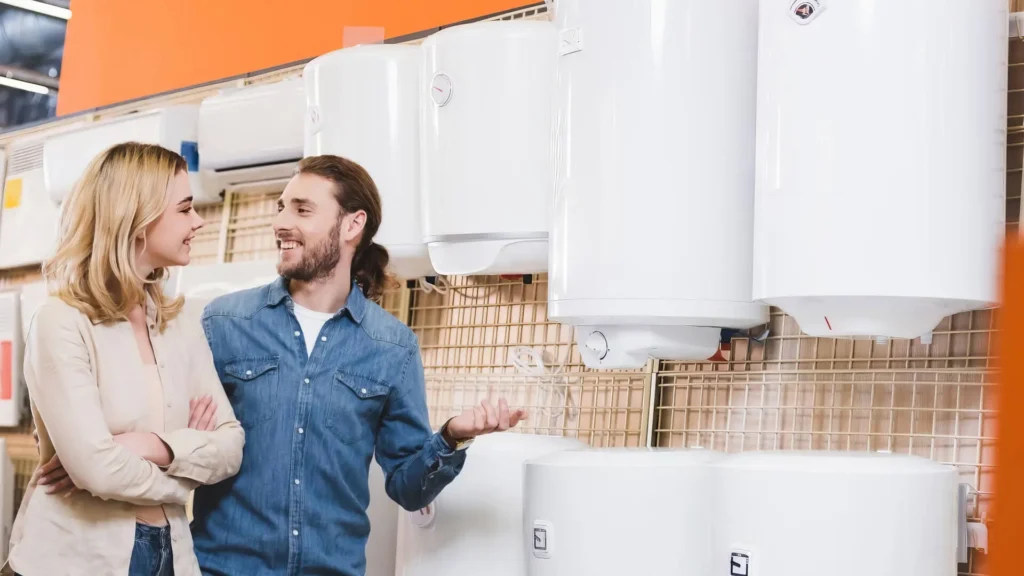
How Size Affects Cost and Performance
There are two types of hot water system, one is rated by water storage volume the other by flow rate. A bigger tank or larger flow rate allows multiple taps or showers to run at once without reducing water temperature, but it also increases the upfront cost and long-term energy usage.
A smaller system is cheaper to buy and run, however, it’s important to note that if it’s undersized and struggles to meet demand, it will force frequent reheating, leading to inefficiency and higher bills as well as more wear and tear on the unit.
Storage systems generally range in size from 25 to 400 litres. A two-person household typically needs a 125-litre system, while a family of five will likely require at least 250 litres.
While storage systems use number of users to factor size, instantaneous systems rely on how many fixtures may be used at the same time to determine the flow rate required.
Installing the right size system helps avoid overcapitalisation while ensuring consistent supply. Oversized units cost more to install and run, while undersized units can cause frustration and early failure.
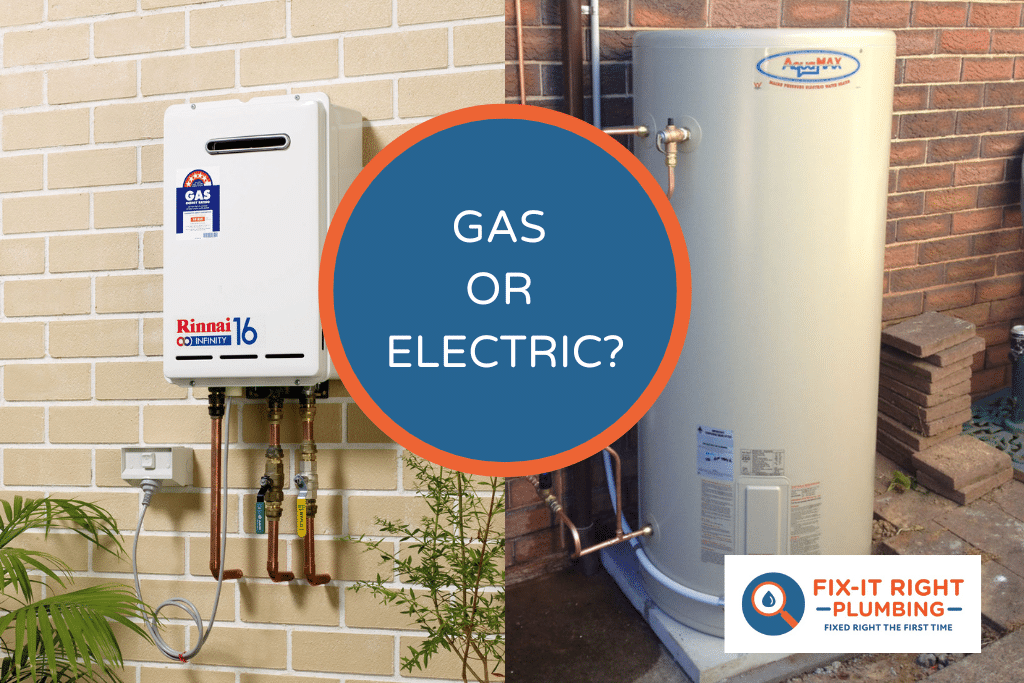
Compare the Different Types of Hot Water Systems
There are four main types of hot water systems to consider in Australian homes: electric, gas, solar, and heat pump. Each comes with its own installation cost, running expenses, and suitability for different properties.
Electric Systems
These are usually the cheapest to install, especially when replacing a like-for-like unit. They are easy to connect and have flexible indoor or outdoor mounting options. However, they can be expensive to run on standard tariffs and less efficient than other types.
Gas Systems
These offer faster heating and generally lower running costs than electric models, provided there is an existing natural gas connection. Both storage and instantaneous options are available, with the latter offering continuous hot water on demand.
Solar Systems
Solar hot water units attract the highest installation costs but offer the lowest ongoing energy usage. They require roof space for collectors and a backup booster, usually gas or electric, for days with limited sunlight. Homeowners in Victoria may also qualify for rebates, helping offset installation costs.
Heat Pump Systems
Heat pumps are energy efficient and are eligible for rebates in some regions. These electric systems extract heat from the air to warm the water, cutting running costs. They can be noisy and less effective in very cold weather.
Brands and Quality Differences
Not all hot water systems perform equally. Leading brands such as Rheem, Rinnai, Bosch, Dux, Thermann, and Stiebel Eltron offer proven durability, after-sales support, and strong warranty coverage. Some systems are designed to meet Australian conditions more reliably, including faster recovery times and corrosion-resistant materials for coastal homes.
Lower-cost brands may save money upfront but can fall short on longevity, energy efficiency, or ease of repair. Choosing a quality product from a reputable manufacturer helps avoid costly breakdowns and improves access to parts and servicing over the life of the system. Always compare warranties, efficiency ratings, and real-world performance reviews before purchasing.
Delivery and Site Access Costs
There are additional costs involved once a hot water system is purchased. As well as delivering and installing a hot water system there are site conditions that may increase costs to cover extra labour or equipment needed to move a new system into place or complete the job safely.
To avoid hidden costs, be sure to discuss any concerns about potential access challenges when requesting a quote. A site inspection before installation can help identify issues early and ensure the quote reflects all necessary equipment, time, and labour.

Installation and Labour Costs Explained
Plumbers typically charge between $80 and $120 per hour with installation taking between two and six hours, depending on whether the system is a simple like-for-like replacement or a more complex upgrade.
Systems that require electrical components, such as solar boosters or electric storage tanks, may also need an electrician, who will charge a similar hourly rate.
Switching from electric to gas or installing a continuous flow unit where none previously existed often requires new plumbing lines, venting, and compliance checks which come at increased costs. Australian Standards also require certain parts to be installed, such as tempering valve or pressure-limiting valve. These will be mandatory additions if they don’t already exist at the property. Always confirm with your installer whether these parts are required and included in the final price.
To get a clear picture of labour costs, ask for an itemised quote that separates unit cost, materials, labour, and any required compliance components. This helps avoid surprises and ensures the installation meets all safety and regulatory standards.
Removing and Disposing of Your Old System
Most plumbing companies will remove the old unit as part of the installation process, but not all include disposal fees in the base quote.
Disposal fees vary depending on location and the type of system being discarded. Systems with copper or steel components can be recycled, which may reduce the disposal cost. However, damaged or non-recyclable units will incur a full waste processing charge, usually between $60 and $150.
Always confirm whether this cost is included upfront, as some providers treat it as an optional add-on.
Government Rebates and Energy Incentives
In Victoria, households can apply for the $250 Power Saving Bonus. This rebate is available to all residential electricity customers (one payment per household) until 31 December 2025. To be eligible, visit the Victorian Energy Compare website or connect with an approved community outreach partner.
Homeowners may also benefit from incentives under the Victorian Energy Upgrades (VEU) program, which supports the installation of energy-efficient hot water systems such as heat pumps and solar water heaters. Rebates under this scheme can cover part of the equipment and installation costs, depending on the size of the system and the home’s energy usage.
The Small-scale Renewable Energy Scheme (SRES) operates nationally and offers incentives through Small-scale Technology Certificates (STCs). These apply to systems such as solar water heaters and air-source heat pumps. Installers often handle the application process and subtract the value of the certificates from your total invoice.
Check with an accredited installer to confirm which rebates or certificates are available for your chosen system or to explore energy-efficient hot water systems for Melbourne homes.

Hot Water System Running Costs
The cost of running a hot water system varies based on the energy source, household size, and efficiency of the unit. While upfront installation costs are important, long-term energy use has a significant impact on your total outlay over the life of the system.
Below is a simplified breakdown of estimated annual running costs for common system types, based on typical usage across Australian homes.
The table below shows Annual Energy Costs by Hot Water System Type
| Water Heater Type | Annual Energy Cost (Approximate) |
| Electric Storage | $1345 |
| Gas Storage | $1659 |
| Heat Pump | $420 |
| Solar (with booster) | $900 |
Source: TBA (Current source is the Rheem calculator)
These estimates are intended as a general guide. Final running costs depend on tariff structure, climate, system size, and household consumption patterns.
How to Get the Best Value for Money
Getting the most from your investment in a new hot water system requires more than just finding the lowest upfront price. Long-term value depends on matching the right system to your household’s needs, keeping future running costs manageable, and ensuring the installation is done correctly. Discover hot water installation tips for Geelong homeowners.
The following tips can help you maximise return on every dollar spent:
- Compare quotes: Obtain detailed quotes from at least two or three licensed plumbers. Make sure each quote outlines the same scope of work, so you are comparing equal inclusions.
- Prioritise energy efficiency: Choose a system with a high energy rating that suits your usage patterns. Efficient systems often have a higher purchase cost but pay off through lower running expenses over time.
- Check warranty details: Look for units with at least 5 to 10 years of coverage on the tank and key components, and confirm the installer guarantees their workmanship.
- Ask about ongoing servicing: Regular maintenance extends system life and keeps it operating efficiently. Find out what servicing is required, how often it should be done, and whether the plumber offers scheduled service reminders.
- Match size to demand: Choose a system that aligns with your household size and peak hot water usage to avoid unnecessary costs.
- Assess installation inclusions: Some quotes exclude essential work like old system removal or electrical upgrades. Ask for an itemised breakdown to avoid hidden charges.
- Consider future upgrades: If you plan to install solar or a battery system later, select a hot water unit that can integrate easily with future infrastructure.
Getting clarity in the quote process will help avoid budget blowouts and unexpected issues down the track.
Hot Water System FAQs
How much does it cost to install a new hot water system?
The cost to install a new hot water system typically ranges from $1,000 to $7,000. This depends on the type of system (electric, gas, or solar), the size required, and whether it’s a new install or a replacement. For straightforward electric replacements, expect to pay closer to $1,000 to $2,000. Solar systems tend to sit at the higher end of the scale due to equipment and labour complexity.
How long does a hot water system installation take?
Most standard installations take between 2 and 6 hours. Replacing an existing system with the same type is usually faster, while switching to a different type or installing a system for the first time can take longer due to plumbing and electrical adjustments.
Do I need a licensed plumber to install a hot water system?
Yes. Australian law requires a licensed plumber to install or replace a hot water system. If electrical work is needed, a licensed electrician must also be involved. This ensures the installation meets current safety standards and remains compliant with local building codes.
What rebates are available for energy-efficient hot water systems?
Homeowners may be eligible for state-based rebates, federal Small-scale Technology Certificates (STCs), or incentive programs tied to energy-efficient upgrades. Additional rebates may apply for installing solar or heat pump systems, depending on the location and the system chosen.
How often should I replace my hot water system?
Most systems last between 8 and 15 years, depending on the model, usage patterns, and how well the unit has been maintained. Signs it may be time for a replacement include rust-coloured water, inconsistent temperatures, visible tank corrosion, or frequent breakdowns. Regular maintenance can help extend the service life of your system.
